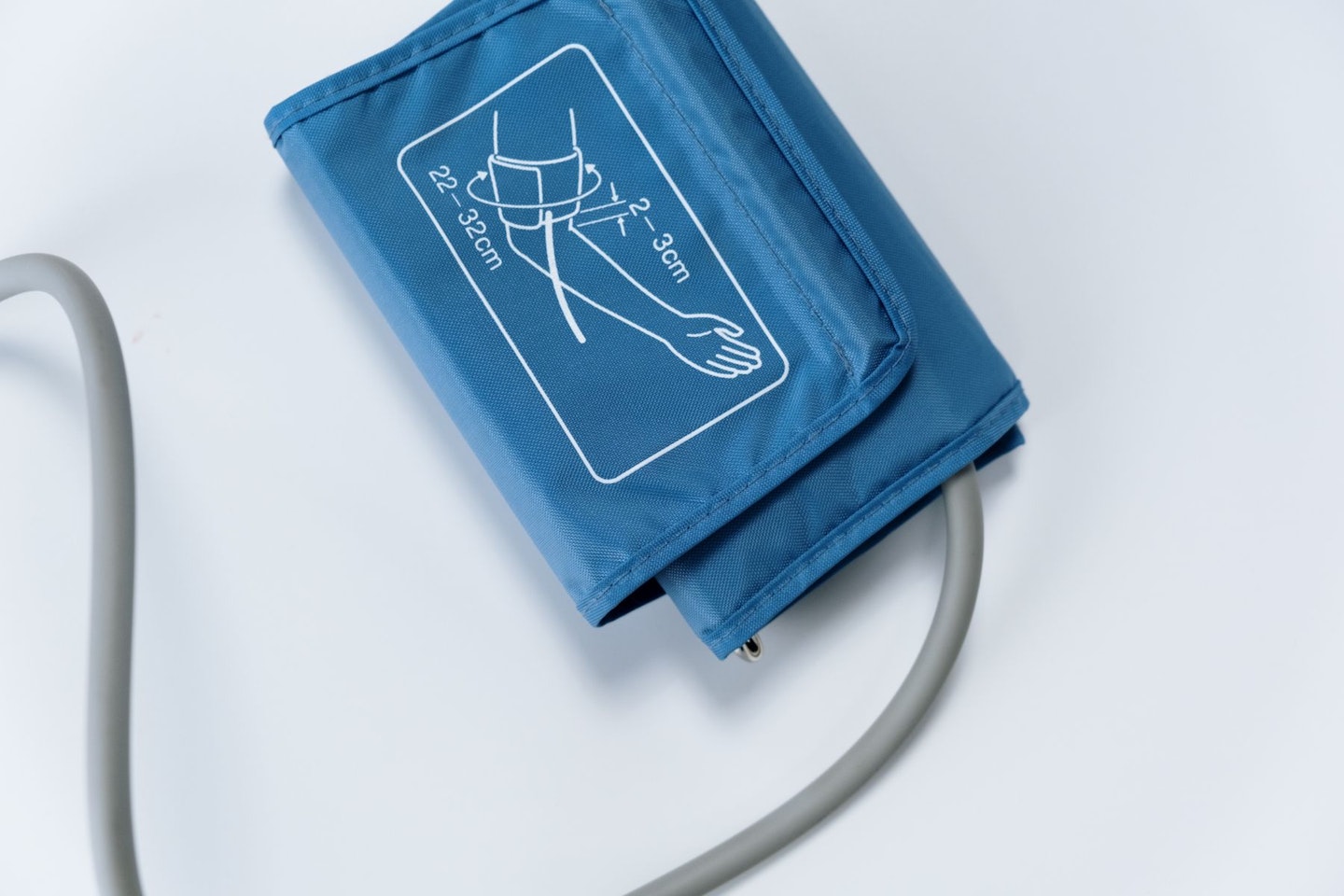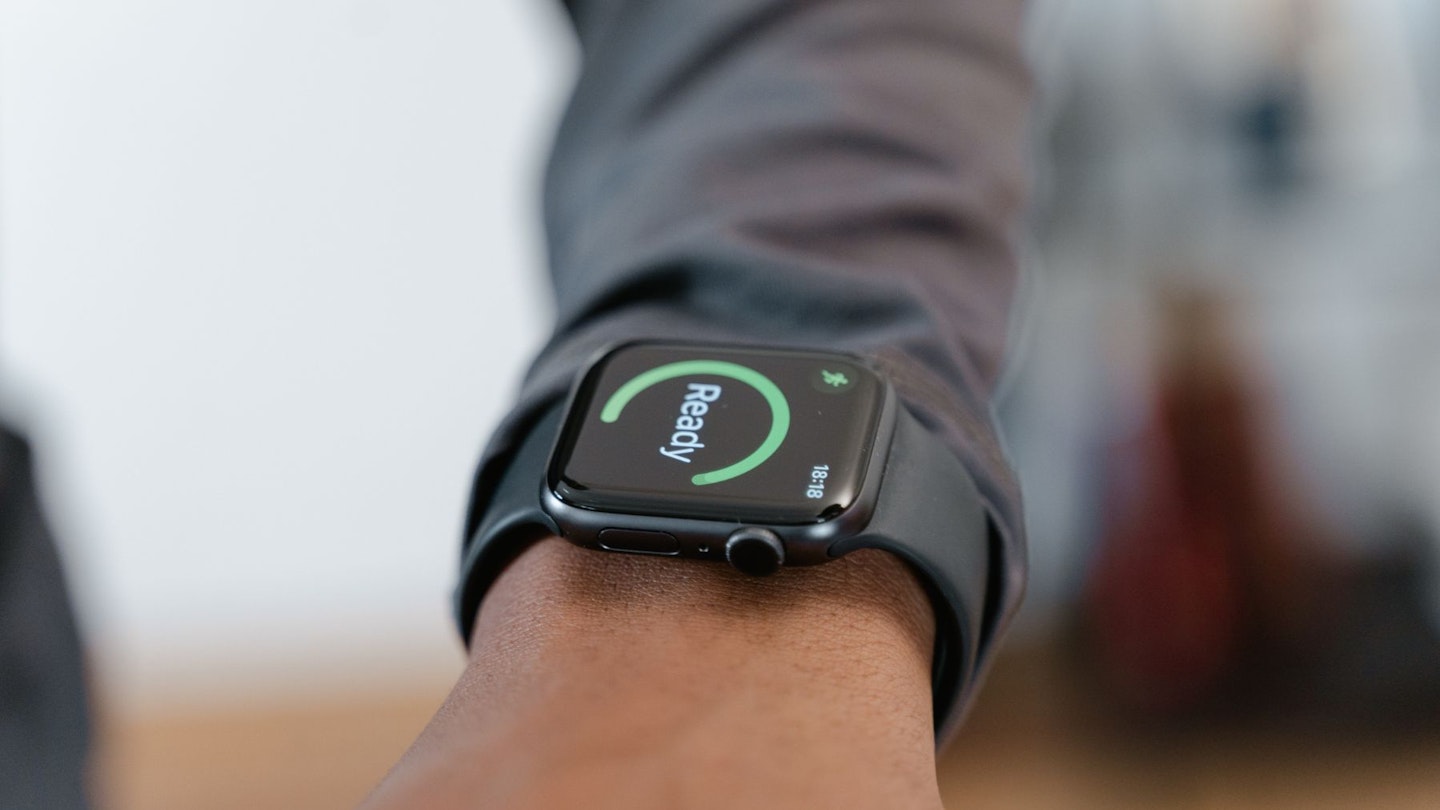The best smartwatches have always been competent producers of health informatics, but the latest generation has elevated the field. Not only can the modern crop measure your heart rate, analyse your sleeping pattern and count your steps, but now a few models can monitor your blood pressure, too.
It’s a truly remarkable innovation of modern health technology. What once would’ve necessitated a trip to the doctor can now be carried out by your wristwatch, but how accurate are the readings, and how well can you depend on the results?
Some smartwatches can produce very accurate blood pressure data. Depending on the model, your smartwatch could produce a blood pressure reading within 10mmHg of the true figure. To put into context, healthy blood pressure is considered to be within 90/60mmHg and 120/80mmHg according to the NHS – the two figures representing the systolic pressure when your heart pushes blood out and the resting diastolic pressure between beats. For more information on blood pressure, click here.
How do they work?
Smartwatches that are capable of taking blood pressure readings such as the Samsung Galaxy Watch 5 use an internal Photoplethysmogram sensor to measure both systolic and diastolic pressure. Before smartwatches can take accurate readings, however, they need to be calibrated.
In the case of the Galaxy Watch 5, along with many other models, this process requires using a blood pressure cuff, but once calibrated, the cuff won’t be needed again for at least another 28 days. Once the watch has been calibrated, it will then begin measuring blood pressure, relaying the information to a corresponding blood pressure app for users to analyse.

Tips for getting an accurate blood pressure reading
To maximise your chances of receiving an accurate blood pressure measurement, there are a few steps you can take before the process begins:
Do
• Take the measurement in a quiet and comfortable space
• Wear your watch on the same wrist as you did during the calibration
• Sit in a chair with your arms on the table
Don’t
• Smoke, drink or exercise at least 30 minutes before the reading
• Don’t move too much during the reading process
• Breath too heavily or slowly – try to breathe normally
Seth is an Autos Product Writer and contributor to What's The Best. He writes for Parkers and CAR Magazine.
Subscribe to the What's The Best Newsletter to keep up to date with more of the latest reviews and recommendations from William and the rest of the WhatsTheBest team.
